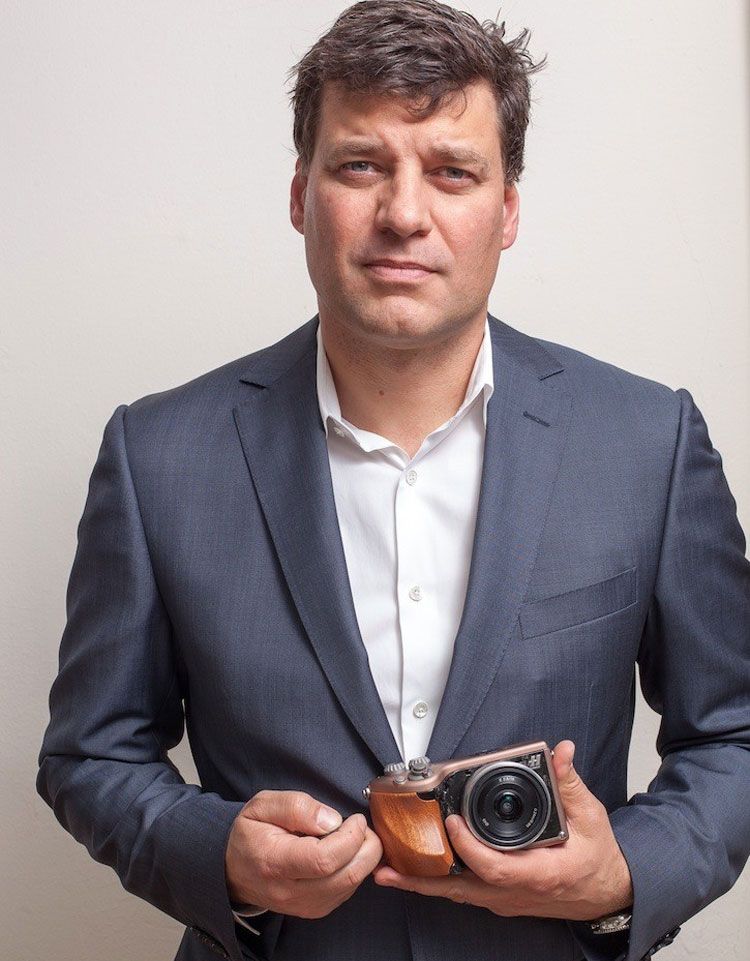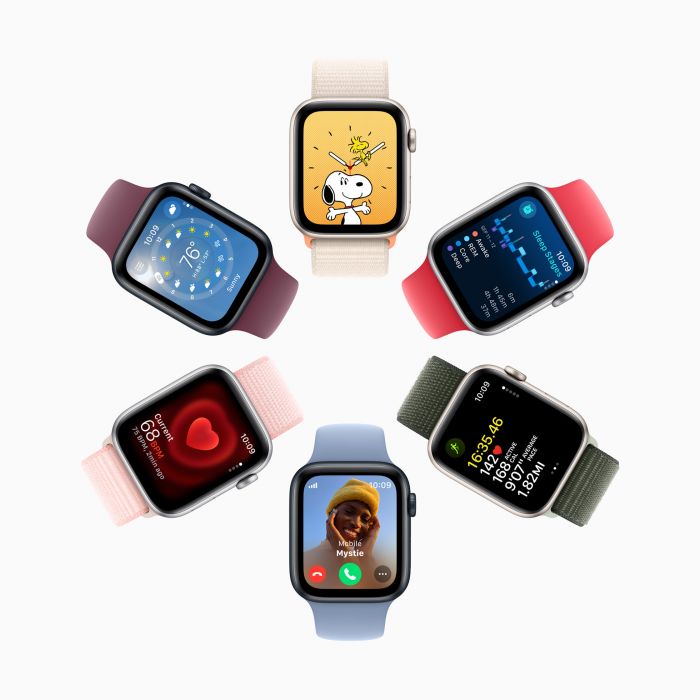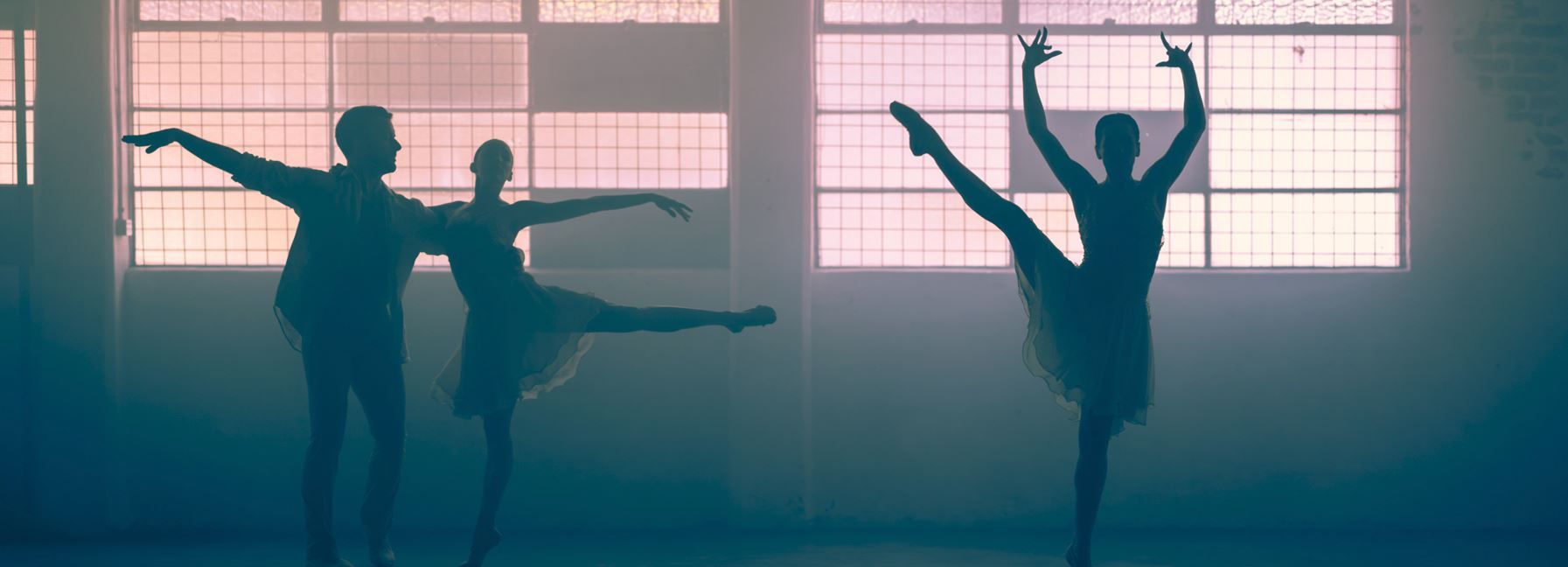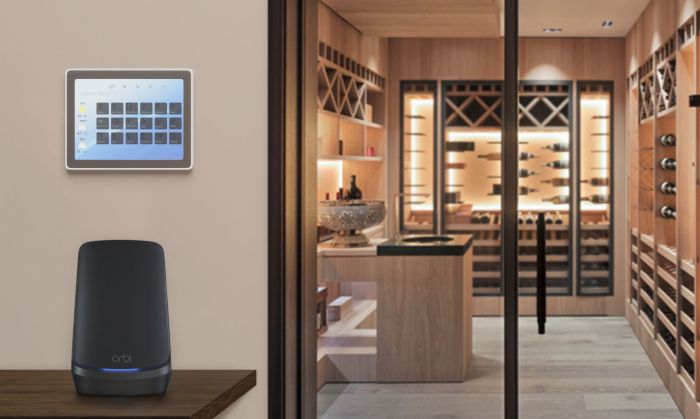
Hasselblad is a brand that serious amateur and professional photographers have used for over 50 years. These are the cameras that Neil Armstrong took to the moon and took pictures of our Big Blue Marble Earth. There is a soul history with this brand, just as there is a soul history with many other iconic, family-begun mature brands—Bentley, Ferrari, Dior, Hermes and the like. The craftsmanship, the details, and the Hasselblad family history define it as a true luxury product, replete with a sense of deep worth to those who own one. Last Fall, the brand announced a new Hasselblad product line: the Lunar. It will begin sales this summer and will cost around $6,500.
Michael Hejtmanek is President and CEO of Hasselblad Bron Inc. We interviewed him recently and discovered he has much to say about the Lunar, its meaning, its components, and why this camera defines a new luxury meaning for this mature, elite brand.

JustLuxe: Why is your new camera called the Lunar?
Michael Hejtmanek: Hasselblad has a long and storied history. Victor Hasselblad began making reconnaissance cameras for the Swedish military in 1940. Since then Hasselblad cameras have been a part of capturing some of the most important images of humanity. I know it sounds cliché to say “of humanity”...another camera company might claim that their cameras captured images of the most important events on earth. But Hasselblad literally helped to expand the boundaries of our world in the early 1960’s when astronaut Walter Schirra adopted the Hasselblad 500 series cameras as the official camera for NASA missions.
One of the most important events in our history was also one of the most important milestones for the Hasselblad Company when Neil Armstrong and Buzz Aldrin took the first steps on the moon and captured images using Hasselblad cameras. A little known fact is that over the course of the six manned Apollo moon landings the NASA astronauts have left 13 Hasselblad cameras on the moon in order to save precious weight for the return trip back to earth. So every time we look at the moon we think about our cameras still sitting up there. And that was our inspiration for the Lunar.

JL: The Lunar is being marketed as an "ultimate luxury" model. What are some of the components that make it an ultimate luxury product?
MH: Lunar is manufactured using only the finest components inside and out. The optics and imaging engine on the Lunar camera are second to none; we would not put our name on anything less than the finest camera in the world. Sure, we could have made a better “retro” camera...better than the rest and out-playing the competition. But we decided that the real challenge would be to create an entirely new genre of cameras. Before Lunar there was no “luxury camera.” And creating a luxury product is many-faceted—part design, part experience, part providence, and of course, part materials and craftsmanship.
The Lunar is designed in the Hasselblad Design Center in the Veneto region of northern Italy. The materials that are chosen for the Lunar camera come from local artisans who are recognized worldwide for providing components to the most prestigious luxury brands in the world. The leathers on our grips and camera straps are the same Tuscan leathers that are utilized in the leather goods of the top luxury brands.
The exotic woods that we employ come from the same sources and are prepared at the same factories that craft the steering wheels and dashboards of the most expensive Italian supercars. The carbon fiber processing techniques that we utilize are amazing! The machining of the parts is done at high precision facilities in northern Italy, and the final metal treatments of titanium, copper bronze, and other precious materials are completed using the highest quality materials. There is no camera company that has thought like we are thinking.

JL: What are some of the new design ideas that have been incorporated into this camera?
MH: The mission of the Hasselblad Design Center is to create a new genre of cameras using materials that have never been used before in camera manufacturing. The design team looked at the market and saw that almost every consumer product category offered countless choices of products. You can buy a Bic pen for $0.27 or you can buy a Mont Blanc Meisterstuck for $1,000 or an Aurora Diamante pen for just over $1,000,000. Consumer products from coffee makers to automobiles offer choice. Hasselblad has opened up the camera market to these choices allowing consumers to own a camera that suits their personal style.
But to more directly answer your question, the product was designed using wooden prototypes made by a sculptor who hand carved each model throughout the design process. Another design element that we chose as a dig at one of our competitors was the utilization of ruby red Swarovski crystals. Other companies choose to use a red dot of paint. We think our customers appreciate the additional touch that Swarovski provides. Our camera straps are hand stitched Tuscan leather provided in pairings to match the camera grip. The lens hood is made of carbon fiber. For us it is all about the details.
The luxury experience is echoed in the presentation. The box that the Lunar comes in is finer than the packaging for the most expensive watches. The black lacquer box is a work of art. The lacquer is inlaid with the Hasselblad and Lunar logos in silver foil. The interior of the box is velvet with two drawers for accessories.

JL: How long has it been since Hasselblad introduced a new camera to its line?
MH: Every few years we have major camera introductions. In fact, the Lunar is not the only new camera we are introducing now; we are also shipping a new medium format camera called the H5d for the professional market. For over 60 years Hasselblad has been known for its unbeatable medium format cameras. The Hasselblad 500C medium format film camera was launched in 1957 and had an immediate cult following among both amateurs and professionals. Medium format cameras are the choice of professionals and serious photography enthusiasts because of their ability to capture the image on a much larger piece of film or digital sensor. The sensor size and corresponding larger (and higher resolution lenses) set medium format apart from smaller 35mm camera format.
The H series of cameras was first launched in the early 2000’s. The H1 was a film camera for the professional market that had fully electronic operation. Then we launched an all-digital H2 camera with a digital sensor much larger than a 35mm digital camera. The technological improvements of medium format digital photography offered spectacular advantages to professional photographers. High quality images could be made digital, drastically reducing the costs to the professional working photographer.
No longer did they need to pay for or wait overnight for film processing. They could shoot and deliver. It was a revolution in professional photography, but unfortunately the cost of a medium format system was beyond the reach of all but the most affluent amateur photography enthusiast. There was talk on the street that, with digital, Hasselblad had abandoned the photography enthusiast at the top of the market. The Lunar is the camera that these enthusiasts have been waiting for.

JL: What demographic will you be reaching with the Lunar camera introduction?
MH: We tend not to think in terms of a demographic. Lunar comes in an initial collection of five personalities. The more aggressive and masculine carbon fiber model is the most popular so far. But the black leather, brown leather, olive wood, and mahogany with bronze are all tied for second right behind the carbon fiber. The camera is designed from both an aesthetic and technological basis to suit a wide variety of consumers. But the Lunar is a true luxury product, and it is not for everyone.

JL: How will you bring the Hasselblad brand back into the mainstream of younger amateur and professional photographers?
The Lunar appeals across all age groups. We did a lot of market research leading up to the launch of the Lunar. What we found was that the Hasselblad brand is extremely strong across the board. People know our history, but launching a new product into a new segment requires a lot of down-on-the-ground work. Globally, we are telling our story each day. The great thing is that the story resonates, and once people have the camera in their hands they don’t want to put it down.

JL: When might you launch the digital compact line of Hasselblads?
MH: The initial Lunar collection is only the beginning. Coming soon will be Lunar limited editions and bespoke models with even more exotic materials like palladium, chromium, and crocodile. And over the summer we will launch a compact camera, followed by two more amazing cameras by the end of the year. We will also have a full line of accessories including camera bags and tripods. It is a very exciting time at Hasselblad.

JL: How do you see the future of the Hasselblad brand given the concept of the Smartphone, the iPad, and all of their photographic applications?
MH: A camera is a very personal item. It is the connection between you (the photographer) and the subject. When Victor Hasselblad began making cameras, his goal was to make the most perfect camera possible. Part of this perfection is to make sure that the camera does not get in the way of taking pictures, instead the camera should be a seamless part of the process -- it should actually enhance the picture taking process. The Lunar provides this seamless experience. Your hand settles into the grip. The controls are all exactly where you would think that they should be. The lens and viewfinder provide a clear and true representation of what you are about to capture.
You use a camera to capture the most important events of your life. So the camera that you use should be as much a part of you as it can be. It should be a seamless perfect combination of form and function. An iPhone takes pretty good basic pictures, but it is limited by the physics of its small fixed lens and its general purpose controls which make it difficult to handle for taking pictures…an iPhone is a general purpose device, which means it has nowhere near the ease of use or robust controls of the Lunar camera.
But the comparison does not just stop at the image capture experience; the Lunar is a luxury camera. It’s part technological accomplishment and part style or fashion accessory. We can compete and win hands down with an iPhone from both a technical and a style perspective. Perhaps the iPhone used to be a reflection of personal style, but those days are long gone. And the iPhone was certainly never a luxury device.














